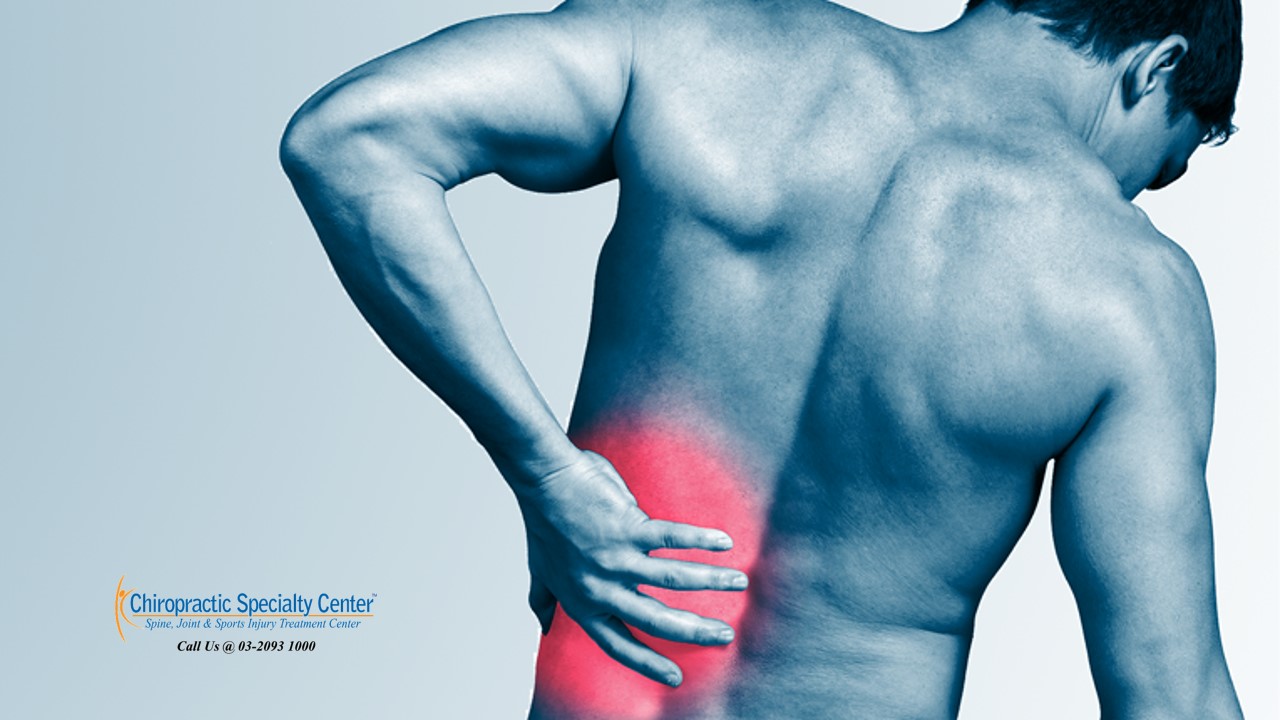

Sacroiliitis is an inflammation of the joints that connect your spine and pelvis.Degenerative disc disease, which can cause whole spine pain, and lumbar arthritis, which usually causes low-back pain, commonly develop with age and are considered wear-and-tear conditions.

Physical therapy, medication, injectable anesthetics, or a combination of treatments usually can control symptoms. Most patients with these conditions will not require surgery. We often see a range of less serious but still painful spine conditions in seniors. Related reading: Get help for back, neck, and leg pain caused by spinal stenosis Other conditions that cause back pain in older adults This is a medical emergency, and patients usually need surgery immediately to decompress the nerves and reduce permanent damage. If you have leg weakness, incontinence, and numbness together, you might have cauda equina syndrome, a serious illness characterized by spinal cord nerve damage. Numbness or pins and needles in the groin or glutes: This is known as saddle anesthesia and is also a sign of a serious nerve or spine condition. Incontinence: Back pain paired with inability to control the bowels or bladder might be a sign of serious nerve compression or a spine infection, such as discitis or meningitis. However, sudden leg weakness could also indicate a stroke. Sudden weakness in the legs: Limb weakness can be caused by compressed nerves in the spine due to conditions like sciatica or spinal stenosis. Radiating pain: This pain "moves" or shoots to the glutes or legs, which could indicate a nerve compression condition.ģ. Sharp pain rather than a dull ache: This could indicate a torn muscle or ligament, or a problem with an internal organ in the back or side. 5 sensations that might indicate a medical emergencyġ. However, if pain creeps on gradually, appears suddenly, or doesn't go away, you might have a more serious condition. If back pain can be associated with a specific activity, such as lifting or twisting wrong, and the pain goes away within 72 hours after resting and applying ice, it’s usually nothing to worry about. In our 40s and older, work injuries and the beginnings of arthritis and degenerative conditions are more common.īack pain is so common, in fact, that many patients shrug off symptoms that might indicate a medical emergency.Īpproximately 80% of adults will experience back pain in their lives, so it’s important to be able to identify the severity of your symptoms and track how long the pain lasts. In our 20s and 30s, “normal” back pain often can be attributed to factors of daily life, such as sitting too long, picking up children, or overdoing it while exercising.


 0 kommentar(er)
0 kommentar(er)
